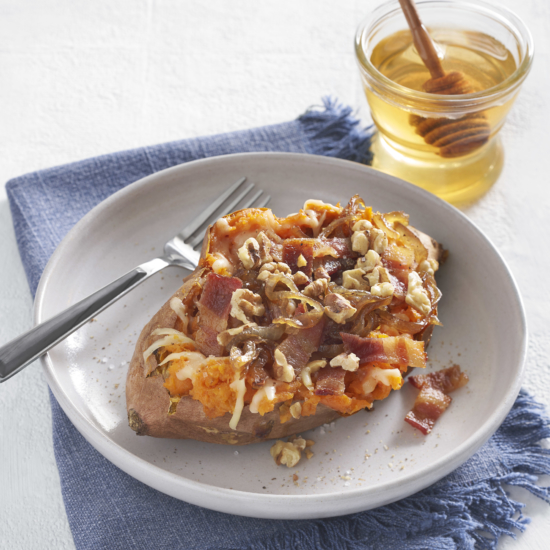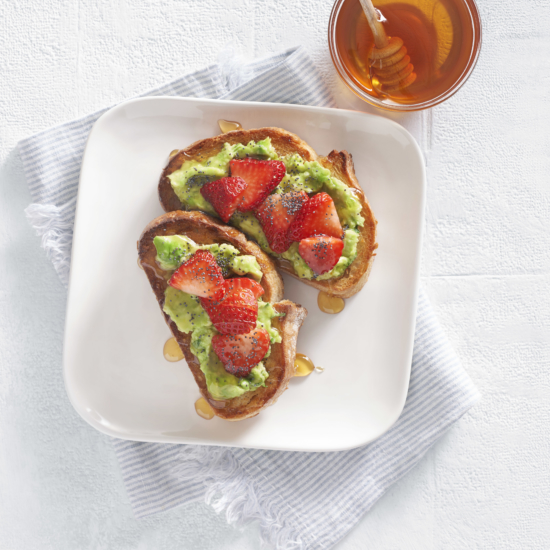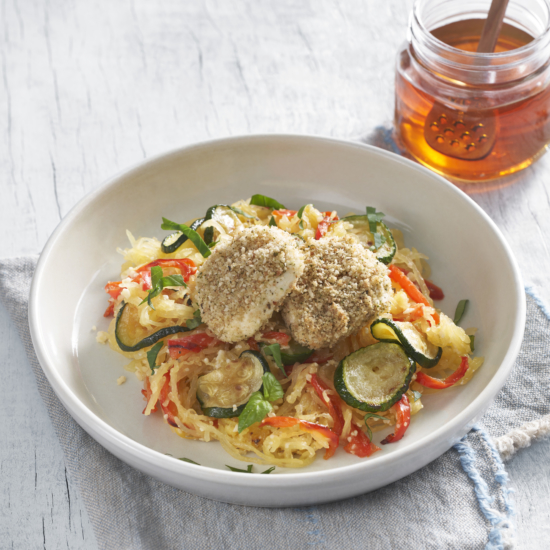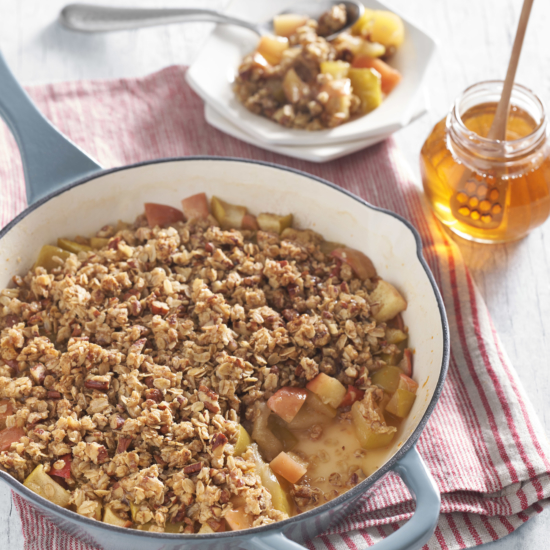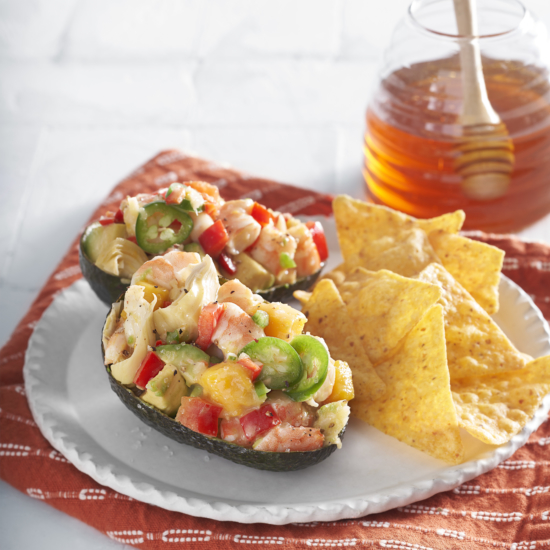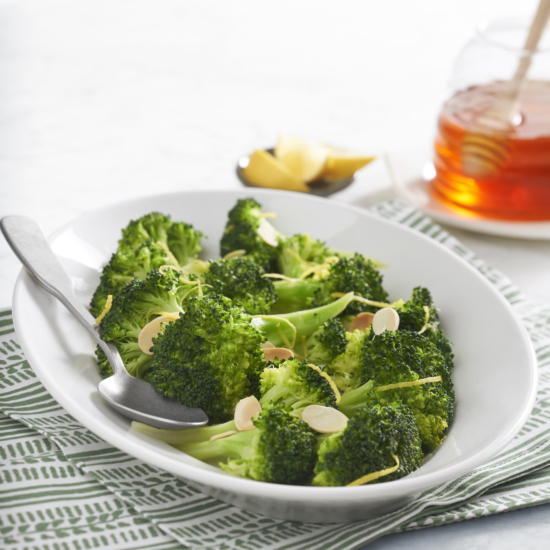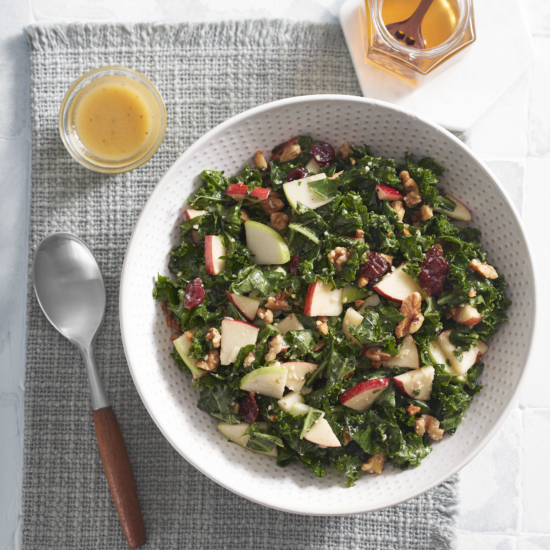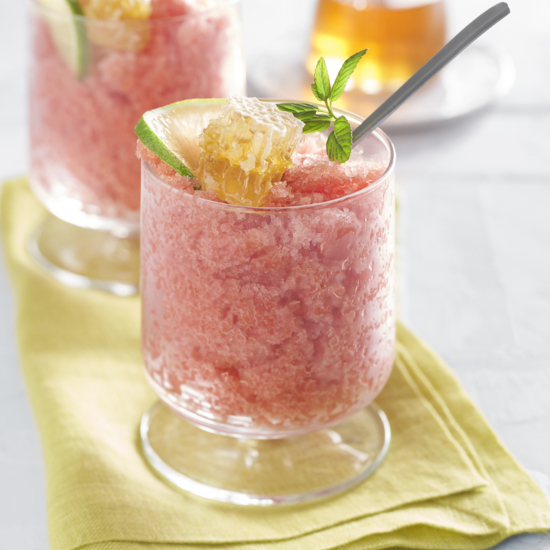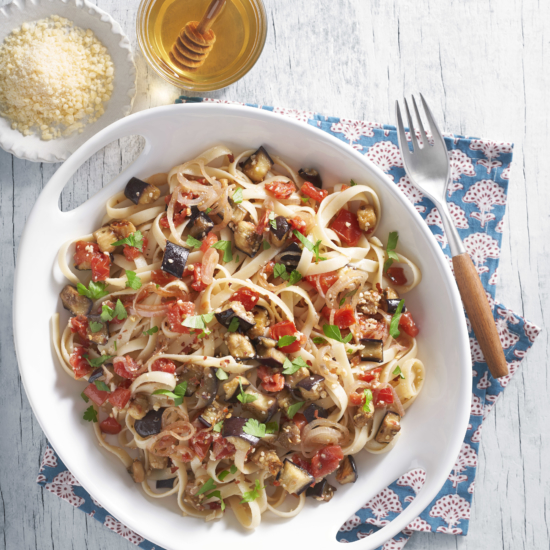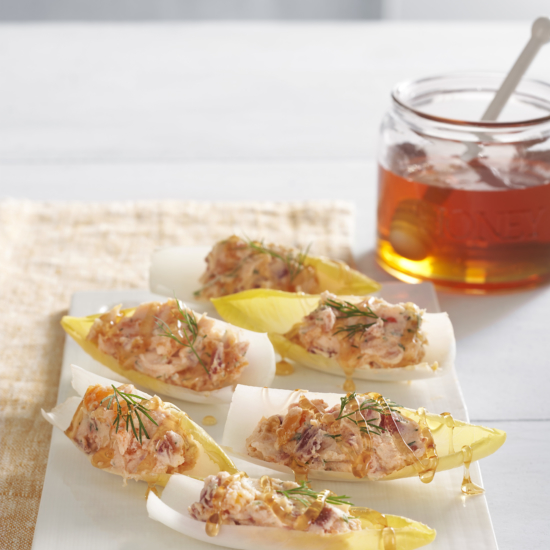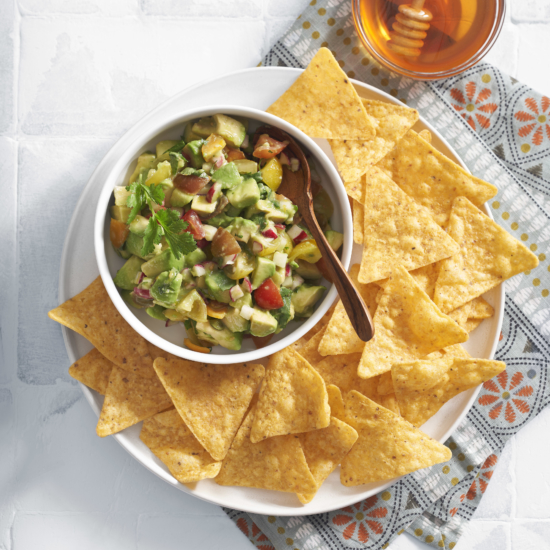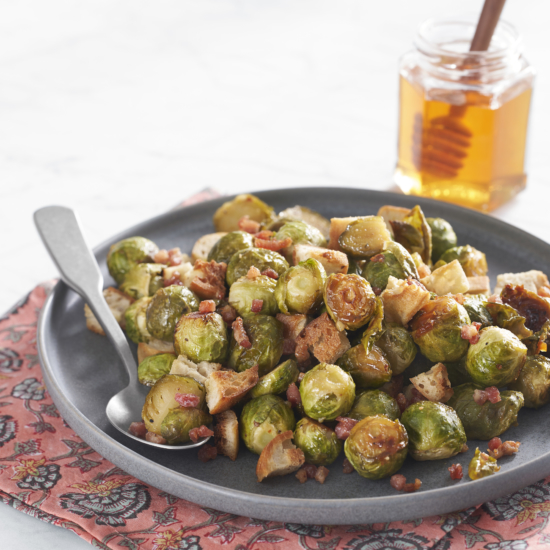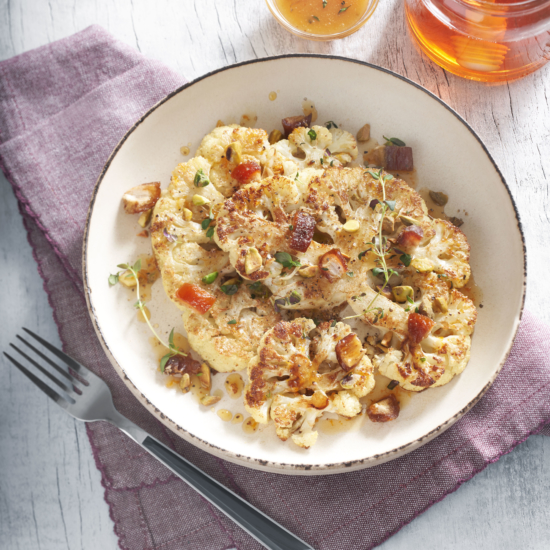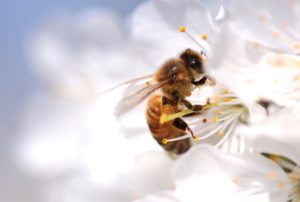
While the world spent the last weeks of 2020 gearing up for a new year with a clean slate, the NHB gathered our merry band of honey enthusiasts together to create, style, and photograph some new recipes for 2021. Each year we want to expand our recipe database to feature dishes that not only taste good and showcase the many uses and benefits of honey but also celebrate the pollinators that make many of our favorite ingredients possible.
Pollinators are the true stewards of our global food supply and keep our world turning, in particular the honey bee. In addition to making the golden liquid of their namesake, honey bees also perform the vital function – a second shift as we like to call it - of pollination, or the transferring of pollen from plant to plant, thus fertilizing the plants and enabling them to bear fruit. Without the honey bees' pollination work, the quantity and quality of many crops would be reduced and some would not yield at all.
Here's a fun fact: about one-third of the U.S. diet is derived from insect-pollinated plants and honey bees are responsible for about 80 percent of that process. Many of the ingredients that contribute to a balanced and healthy diet wouldn’t be possible without honey bees, including foods like fruits, vegetables and nuts. Not to mention meat and dairy, which depend on bees to pollinate livestock feed crops, like alfalfa. Simply by doing what comes naturally to them, pollinators contribute billions of dollars to U.S. agriculture.
With this in mind, we wanted to create recipes that, like honey, come straight from nature, from flower to our tables with minimal work to bring out their natural flavors. For this first round of pollinator-inspired recipes, we want to focus on the plate, but bee sure to check out this fun garden-to-glass edition. In the meantime, check out all 18 of our new recipes below.
We love hearing from you! Which of these recipes are you most excited to try? Tell us in the comments below.

